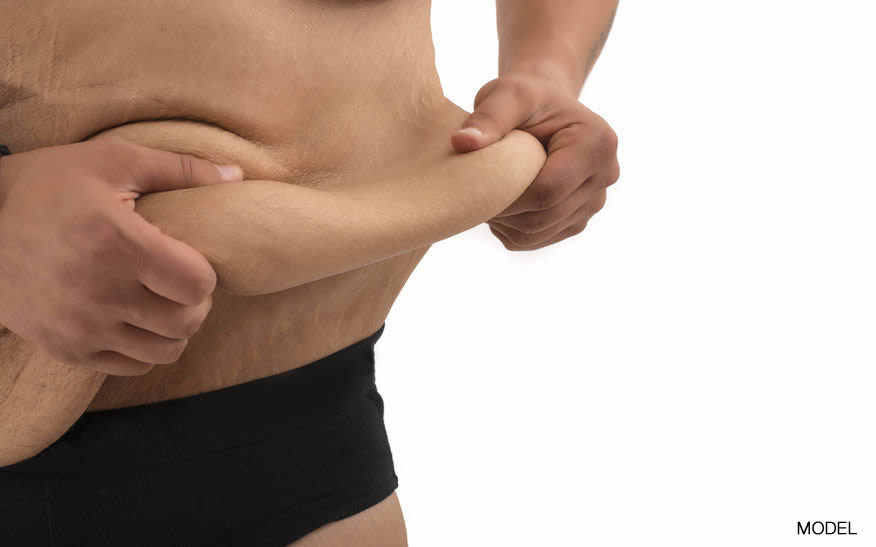Introduction
Welcome to this comprehensive guide on Dupuytren’s contracture, a condition that affects the hand and fingers. In this article, we will explore the causes, symptoms, treatment options, and stages of Dupuytren’s contracture. We are delighted to introduce Dr. Faisal Ameer, a board-certified consultant plastic surgeon based in Dubai, who specializes in hand surgery. With his expertise and experience, he will provide valuable insights and recommendations throughout this article.
Dupuytren’s Contracture: Overview
Dupuytren’s contracture is a progressive hand condition that affects the fascia, a layer of tissue beneath the skin of the palm and fingers. The condition causes the fascia to thicken and form tight bands, leading to the bending of the fingers towards the palm. The exact cause of Dupuytren’s contracture is unknown, but it is more common in individuals with a family history of the condition and those of Northern European descent.
What is the Best Treatment for Dupuytren Contracture?
Treatment for Dupuytren’s contracture depends on the severity of the condition. In the early stages, when the contracture is mild and not causing functional impairment, non-surgical options such as physical therapy, hand exercises, and the use of splints may be recommended. However, in more advanced cases, surgical intervention is often necessary to release the tight bands and improve hand function.
Dr. Faisal Ameer suggests that the best treatment option for Dupuytren’s contracture is a personalized approach tailored to each patient’s unique circumstances. Surgical techniques such as fasciotomy or fasciectomy may be employed to address the contracture effectively. Additionally, newer methods like collagenase injections have shown promising results in certain cases. Consultation with a hand specialist like Dr. Faisal Ameer is crucial to determine the most suitable treatment plan.
The Three Stages of Dupuytren’s Contracture
Dupuytren’s contracture typically progresses through three stages, each characterized by specific changes in the hand and fingers. Understanding these stages can help individuals recognize the condition’s advancement and seek appropriate medical attention.
Stage 1: Nodule Formation
The first stage of Dupuytren’s contracture is marked by the formation of small, firm nodules or lumps in the palm. These nodules are painless but can be tender to touch. They often develop near the base of the ring and little fingers. At this stage, the fingers may still be fully straight and functional.
Stage 2: Cord Formation
In the second stage, the nodules progress into thick cords of tissue that extend from the palm to the fingers. These cords can cause the fingers to bend towards the palm, making it difficult to fully straighten them. This stage is usually accompanied by a progressive loss of hand function.
Stage 3: Finger Contracture
The third and most advanced stage of Dupuytren’s contracture is characterized by severe finger contracture. The thick cords of tissue further tighten, causing the affected fingers to become permanently bent towards the palm. The contracture may progressively worsen, leading to significant functional limitations in everyday activities.
What is the Early Stage of Dupuytren’s Contracture?
The early stage of Dupuytren’s contracture refers to Stage 1, where small nodules or lumps form in the palm. At this stage, the fingers are still fully straight and functional, and there is no significant bending or contracture. Early intervention and treatment during this stage can help prevent or slow down the progression of the condition.
What Happens if Dupuytren’s Contracture is Left Untreated?
If left untreated, Dupuytren’s contracture can progressively worsen and lead to significant functional limitations in hand movement. The fingers become permanently bent, making it challenging to perform everyday tasks such as gripping objects, shaking hands, or even simple activities like buttoning clothes. Severe contracture can impact a person’s quality of life and independence.
It is crucial to seek medical attention and discuss treatment options with a hand specialist like Dr. Faisal Ameer to prevent the condition from advancing and to preserve hand function.
Frequently Asked Questions (FAQs)
FAQ 1: Is Dupuytren’s contracture a common condition?
Yes, Dupuytren’s contracture is a relatively common condition, particularly among individuals of Northern European descent. It affects approximately 3% to 6% of the population, with a higher prevalence in men over the age of 50.
FAQ 2: Can Dupuytren’s contracture be prevented?
Unfortunately, there is no known way to prevent Dupuytren’s contracture. The condition is believed to have a genetic component, and certain risk factors, such as family history and ethnicity, increase the likelihood of developing the condition. However, early detection and timely treatment can help manage the progression of the contracture.
FAQ 3: Can physical therapy help with Dupuytren’s contracture?
Physical therapy and hand exercises can be beneficial in the early stages of Dupuytren’s contracture. These interventions aim to maintain or improve hand function and range of motion. However, they are not typically effective in reversing or correcting the contracture itself.
FAQ 4: Are there any non-surgical treatments for Dupuytren’s contracture?
Yes, there are non-surgical treatment options for Dupuytren’s contracture, especially in the early stages. These may include the use of splints, hand exercises, and collagenase injections. However, the effectiveness of these treatments varies depending on the severity of the contracture and individual factors.
FAQ 5: Can Dupuytren’s contracture recur after treatment?
There is a possibility of recurrence after treatment for Dupuytren’s contracture. The condition has a tendency to progress and affect different areas of the hand over time. Regular follow-up appointments with a hand specialist like Dr. Faisal Ameer are important to monitor the condition and address any recurrence or new developments promptly.
FAQ 6: What is the recovery period after surgical treatment?
The recovery period after surgical treatment for Dupuytren’s contracture varies depending on the extent of the procedure performed. It may take several weeks to months for complete healing and functional recovery. During the recovery period, physical therapy and hand exercises may be recommended to optimize hand function.
Conclusion
Dupuytren’s contracture is a progressive hand condition that can significantly impact hand function and quality of life. Timely intervention and personalized treatment plans are crucial to managing the condition effectively. Consulting a hand specialist like Dr. Faisal Ameer can provide expert guidance and recommendations tailored to individual needs. Remember, early detection and treatment are key to preserving hand function and maintaining an active lifestyle.






